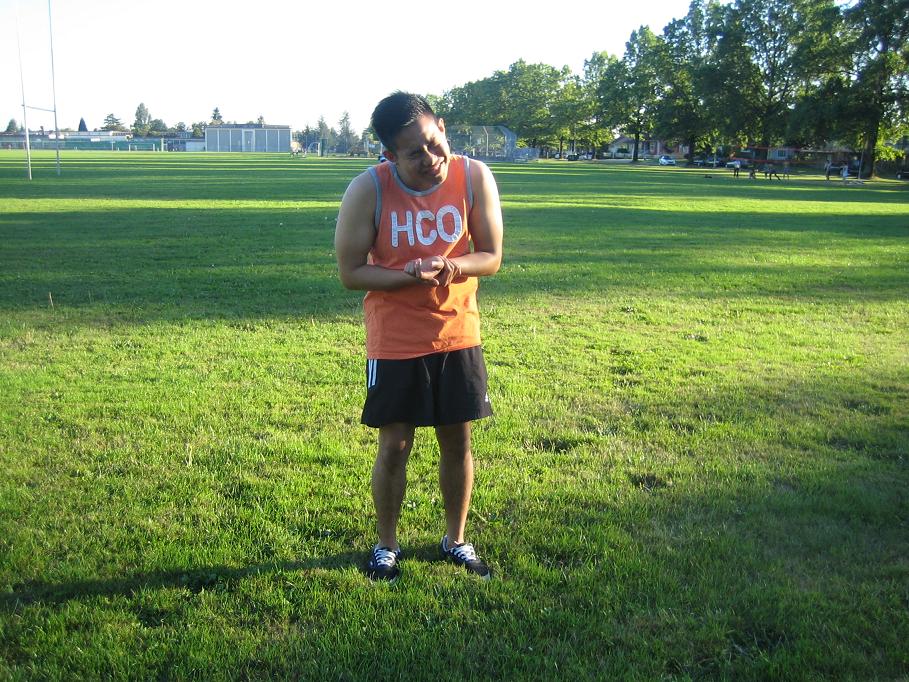A burn blister on the finger is a bump filled with fluid or lymph caused by certain types of burns such as chemical or electric burns, hot liquid burns, fire burns and sun exposure burns.
Burn blisters are due to a second degree burn to the skin. Second degree burns affects the surface layer and next under layers of the skin and develops blisters. Generally, the blisters are usually pink or red, looks swollen and pockets filled with clear liquid. In addition, it can be superficial or deep. Burn blisters on older people and children should be treated properly to prevent complications.
Treatment for a burn blister

- Plunge the affected finger under cool running water immediately after the injury for at least 10-15 minutes. Wrap the area in a cool damp cloth or soaking the area in bucket full of water for the same amount of time to lessen the swelling, the pain and prevent damaging the tissues.
- Remove any jewelries or other item present on the fingers under cool water as quickly as possible before the area starts to swell.
- Avoid popping the blisters to prevent growth of bacteria and development of infection.
- Wash the burned and blistered area using mild soap and water and gently rub the area, avoid breaking blisters to minimize development of infections. Let them dry in air. Avoid patting it with a towel to prevent worsening of the pain. Then apply the prescribed ointment and cover with a bandage to drain out heat from the burned area, and lessen the risk of breaking the blisters and lessen the pain.
- If blisters accident breaks open, clean the area with soap and water. Pat dry and then apply the prescribed antibiotic ointment or cream and cover them using a non stick gauze bandage. In addition, change bandage every day to keep it dry and clean. If dressings are stuck to the burn or blisters, soak the area in cool water or saline solution. Saline solution is a mixture of salt and water.
- If blisters did not break, apply prescribed healing and protective ointment over the burned and blistered to prevent development of infections and for fast healing.
- Prescribed pain medications to lessen the swelling and the pain caused by burn blisters.
- Avoid friction or applying pressure on the area to prevent breaking the blisters, worsen the condition and delay the healing.
- Tetanus vaccine is needed if the burn blisters becomes infected to prevent development of tetanus.
- Watch for signs of infected burn blisters such as severe pain, swelling and redness; draining pus and having a fever needs medical help immediately.
Tips
- Make sure smoke alarms at home or other places function properly.
- Teaching children fire safety and escape plans for fires especially at home.
- Lastly, teaching children the dangers of playing flammable materials, fireworks and matches.
Disclaimer / More Information
The material posted on this page on a burn blister is for learning purposes only. Learn to properly manage this injury by taking a first aid and CPR class with one of our training providers.
FACT CHECK
https://www.nhs.uk/conditions/burns-and-scalds/recovery/
https://www.healthline.com/health/burns
https://www.webmd.com/skin-problems-and-treatments/understanding-blister-treatment
